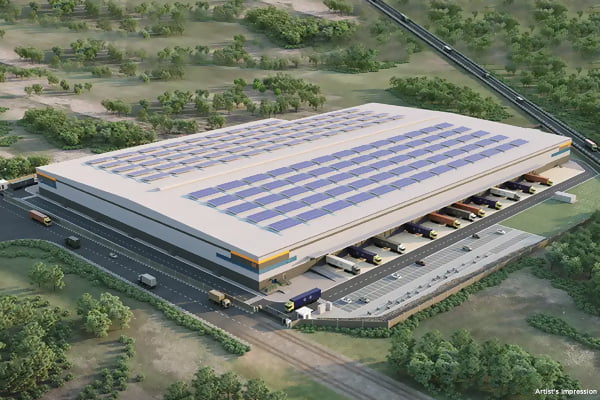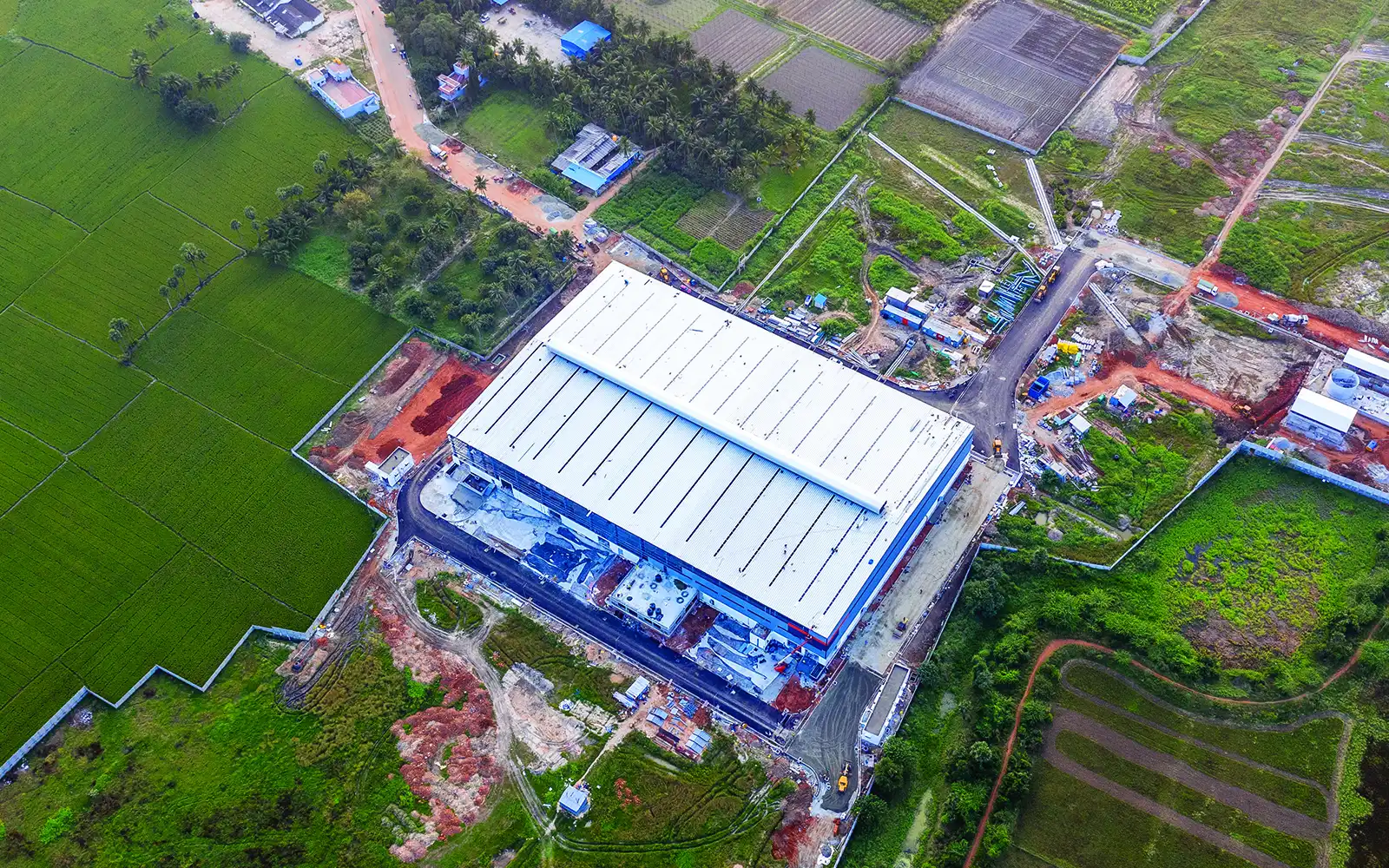Warehouse management is a complex process that involves a variety of tasks, from receiving goods to shipping orders. However, there are several challenges that can arise during warehouse management, which can cause significant issues if not addressed promptly. In this blog, we’ll explore the seven most common warehouse management challenges and how to avoid them.
- Dangers of Accidental Redundancy in the Warehouse
Accidental redundancy is a significant challenge in warehouse management, particularly when it comes to inventory management. This challenge arises when you order too much stock and end up with more inventory than you need. The extra inventory takes up valuable Warehousing Storage Solutions and can cause confusion when trying to track and manage inventory levels. To avoid this challenge, ensure that you have a robust inventory management system in place and that you regularly review and adjust inventory levels to avoid over-ordering.
- Warehouse Space Efficiency
Warehouse space efficiency is another significant challenge that warehouse managers face. Inefficient use of warehouse space can lead to wasted space, increased handling time, and reduced productivity. To improve warehouse space efficiency, consider implementing warehouse layout optimization techniques such as slotting, which involves organising products by frequency of use or size. You may also consider using automated storage and retrieval systems (AS/RS) to maximise vertical storage space.
- Problems with Order Management
Order management is an essential aspect of warehouse management, but it can be challenging to manage effectively. Common problems include inaccurate orders, slow order processing times, and difficulties in tracking orders through the fulfillment process. To avoid these challenges, consider implementing an order management system that can help you automate the order processing process, track order status in real-time, and reduce errors.
- Spending Too Much on Labor
Labour costs are a significant expense for warehouse operations, and it’s essential to manage them effectively. One of the most common challenges warehouse managers face is spending too much on labour. This can happen if you have too many workers or if you’re not using your existing workforce efficiently. To avoid this challenge, consider implementing labour management software that can help you optimise worker schedules, reduce overtime, and improve productivity.
- Carrying Out Too Many Procedures
Warehouse procedures are essential to ensure that operations run smoothly and efficiently, but carrying out too many procedures can be counterproductive. This challenge can arise when there are too many unnecessary steps in your warehouse processes, leading to wasted time and reduced productivity. To avoid this challenge, review your warehouse processes regularly and eliminate any unnecessary steps.
- Traceability and Connectivity Problems
Traceability and connectivity issues can be a significant challenge in warehouse management, particularly when it comes to tracking inventory levels and product movements. To avoid this challenge, consider implementing a warehouse management system that includes real-time tracking and connectivity features. This will help you track inventory levels and product movements in real-time, reducing the risk of errors and delays.
- Ongoing Damage Problems
Product damage is a common challenge in warehouse management, and it can result in significant losses for your business. To avoid ongoing damage problems, implement a warehouse management system that includes quality control processes and procedures. This will help you identify any damaged products quickly and take appropriate action to minimise losses.
Table of Contents
ToggleWarehouse Management Best Practices
To ensure that your warehouse operations run smoothly and efficiently, there are several best practices that you should follow. These include:
- Regularly reviewing and adjusting inventory levels to avoid accidental redundancy
- Using warehouse layout optimization techniques such as slotting and AS/RS to improve space efficiency
- Implementing an order management system to reduce errors and processing times
- Using labour management software to optimise worker schedules and reduce labour costs
- Reviewing warehouse procedures regularly to eliminate unnecessary steps
- Implementing a warehouse management system with real-time tracking and connectivity features
- Implementing quality control processes and procedures to minimise product damage.
Conclusion
Warehouse management is a crucial aspect of supply chain management, and it’s essential to address the challenges that can arise during the process. By understanding the common challenges that warehouse managers face and implementing best practices, you can ensure that your warehouse operations run smoothly, efficiently, and profitably.
Effective warehouse management requires a combination of the right systems, tools, and practices to optimise operations and minimise errors, delays, and losses. With a robust warehouse management system in place, you can improve inventory management, space efficiency, order processing times, labour costs, traceability and connectivity, and quality control.
In conclusion, the seven warehouse management challenges and best practices highlighted in this infographic blog can help you overcome the most common issues that warehouse managers face. By implementing these strategies, you can optimise your warehouse operations and achieve greater productivity, efficiency, and profitability.
FAQ
Q: What are the challenges of warehouse management?
Warehouse management can be challenging due to various factors, such as managing inventory levels, optimising space efficiency, processing orders accurately and quickly, managing labour costs, ensuring quality control, and maintaining traceability and connectivity. Other challenges include managing product damage, implementing effective procedures, and adapting to changing customer demands and market trends. These challenges can lead to delays, errors, reduced productivity, and increased costs, all of which can impact the profitability of warehouse operations. Overcoming these challenges requires implementing best practices such as using a robust warehouse management system, regularly reviewing and adjusting inventory levels, optimising warehouse layout, implementing labour management software, and implementing quality control processes.
Q: Which are the top 7 factors to be considered for warehouse location & Construction?
The top 7 factors to consider for warehouse location and construction are:
- Accessibility: The warehouse location should be easily accessible to major transportation routes, including highways, ports, airports, and railways.
- Proximity to customers: The warehouse should be located near the customers it will serve to reduce transportation costs and delivery times.
- Labour availability: The location should have an adequate supply of skilled and unskilled labour to staff the warehouse.
- Infrastructure: The location should have access to reliable utilities, such as electricity, water, and telecommunications.
- Land availability and cost: The land for the warehouse should be available and affordable.
- Regulatory environment: The location should be in compliance with local zoning laws, building codes, and other regulatory requirements.
- Future growth potential: The location should have room for future expansion and growth.
Hiranandani Industrial parks is a leading real estate company in India with a focus on creating integrated townships, commercial spaces, and logistics parks. The company has extensive experience in the development and construction of warehouses, and its logistics parks are strategically located near major transportation routes and industrial areas. Hiranandani’s logistics parks are designed to meet the needs of modern logistics and e-commerce businesses, with features such as high-speed connectivity, automated material handling systems, and advanced security systems. The company’s commitment to sustainability is reflected in its use of renewable energy sources and green building practices in its warehouses and logistics parks.
Q: What are the 5 management challenges?
There are several management challenges that businesses face, including managing human resources, finances, operations, customer relations, and innovation. Managing human resources includes hiring and retaining skilled employees, maintaining a positive work culture, and ensuring compliance with labour laws. Managing finances involves budgeting, forecasting, managing cash flow, and ensuring compliance with tax regulations. Managing operations includes optimising production processes, managing inventory levels, and ensuring quality control. Managing customer relations involves building strong relationships with customers and responding to their needs and concerns. Finally, managing innovation involves keeping up with industry trends and adapting to new technologies and market demands. Overcoming these challenges requires implementing effective management strategies, developing clear goals and objectives, and staying up-to-date with industry best practices.

















